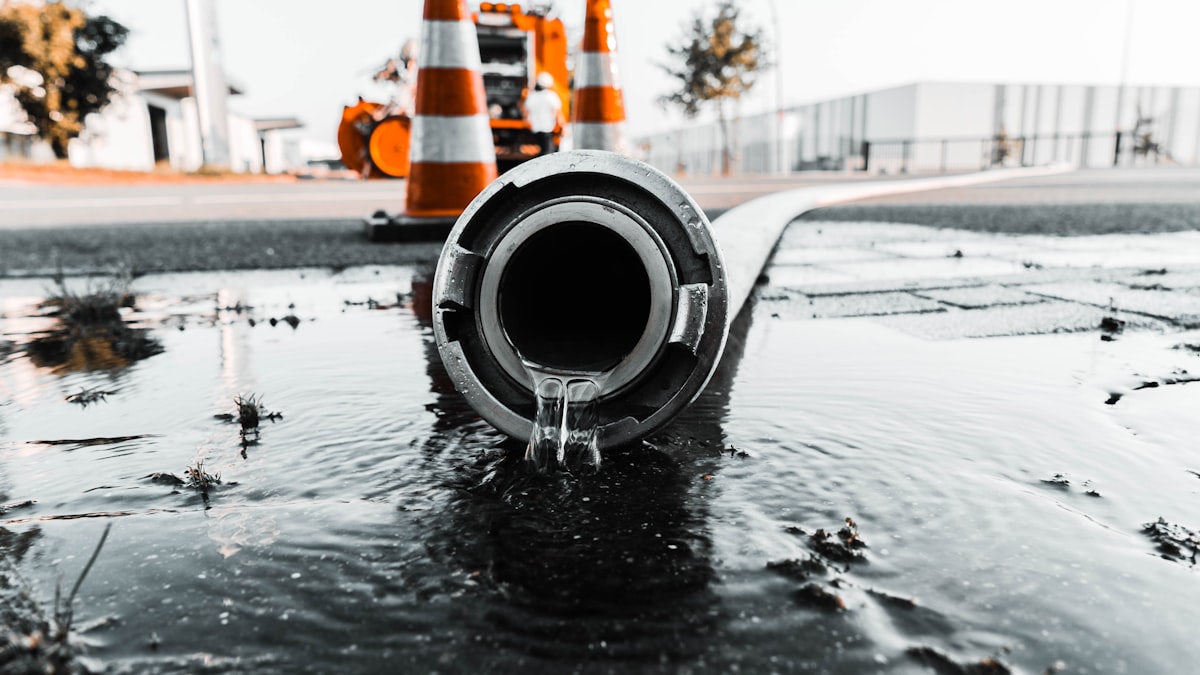Patching System Leaks

Welcome back, dear readers! Our topic of interest today revolves around those odd instances when the conservation law in system dynamics appears to falter — when the stock doesn't tally with the expected result of initial state plus inflows minus outflows. In the world of systems engineering, this could mean we're dealing with a system leak or perhaps something else entirely. Let's investigate further.
The Principle of Conservation Revisited
In system dynamics, stocks and flows are two key concepts used to model and understand complex systems. They are related to the conservation of quantities in a closed system, which is an essential principle in physical, biological, economic, and social systems.
A stock represents a stored quantity, which can be anything that is accumulated over time, such as water in a lake, money in a bank account, or population in a city.
Flows, on the other hand, represent the rates at which these stocks change over time. There are inflows and outflows. Inflows increase the quantity of a stock, while outflows decrease it.
The principle of conservation of stocks and flows states that the change in a stock is equal to the difference between the inflow and the outflow. When we observe a discrepancy in this principle, it's a red flag indicating that something is amiss.
For instance, in a lake, if the amount of water flowing in (inflow) is greater than the amount of water flowing out (outflow), the level of water in the lake (stock) will rise. Conversely, if the outflow is greater than the inflow, the stock will decrease. If the inflow and outflow are equal, the stock will remain the same.
This principle is crucial in many areas such as physics (conservation of energy), economics (conservation of money), biology (conservation of mass in an ecosystem), and others. Understanding the relationship between stocks and flows helps in creating and analyzing models of complex dynamic systems.
Read the post Stock and Flow Modelling for a refresher.
Identifying the Anomalies
To identify these anomalies, we need to maintain a comprehensive and accurate account of our stocks, inflows, and outflows. Data analysis tools and methods can come in handy here.
Start with a detailed inventory of your system components, and track the movement and transformation of stocks over time. Ensure you have precise measurements of your inflows and outflows and make sure you're not missing any hidden or latent ones that might be skewing your conservation equation.
Next, compare your theoretical stock — the one predicted by the equation 'Initial state + Inflows - Outflows' — with the actual observed stock. If these don't match up, there's likely an issue to resolve.
Potential Causes for Discrepancies
When we encounter such inconsistencies, it's crucial to remember that it doesn't necessarily mean the conservation law is broken. The laws of physics haven't failed; it's more likely we've overlooked something.
Leaks: The most straightforward explanation is that there's a leak. Some stock might be leaking out of the system, causing the actual stock to be less than the theoretical stock.
Unaccounted Flows: Another possibility is an unaccounted flow. This could be an inflow or outflow that we failed to account for when setting up our system dynamics model.
Transformation Within The System: A portion of the stock might be transforming within the system, becoming a different stock that isn't measured or considered in your conservation equation.
Data Inaccuracies: Finally, there might not be a problem with the system at all. Instead, the issue could lie in inaccurate or imprecise measurements of stock, inflows, or outflows.
Systematically Addressing the Anomalies
Identifying the cause of the discrepancy will usually involve some detective work, using data analysis, system understanding, and sometimes a bit of trial and error. The goal is to adjust your model to align it with the reality of your system. This might involve introducing new flows, considering internal transformations, or refining your measurement methods to ensure precision.
As system engineers, our job is to constantly scrutinize, tweak, and fine-tune our models to align them with reality. The principle of conservation is an effective tool to guide us in maintaining the balance and correcting discrepancies when they arise.
In the world of system dynamics, it's essential to remember that no law is truly broken. Instead, we've been given an opportunity to understand our system better and, in doing so, to improve its robustness and reliability.
And on that note, it's time to wrap up. Continue exploring, continue questioning, and most importantly, continue learning. Until our next systems exploration, stay curious!
This content was generated using OpenAI's GPT Large Language Model (with some human curation!). Check out the post "Explain it like I'm 5: What is ChatGPT?" to learn more.
